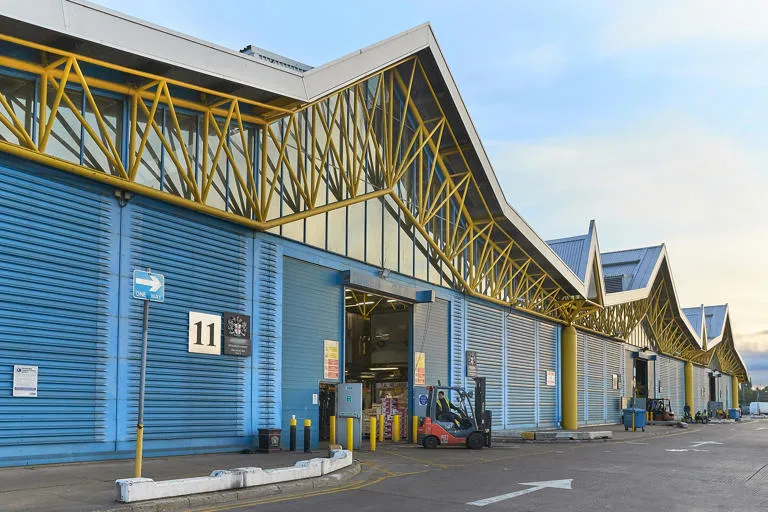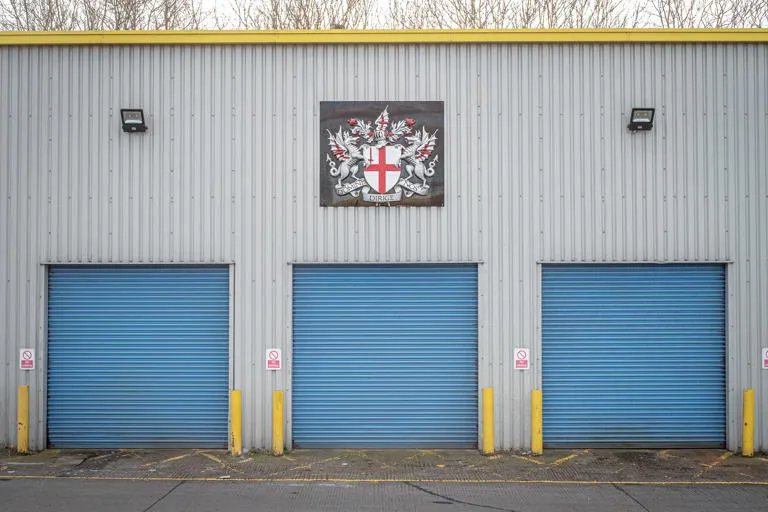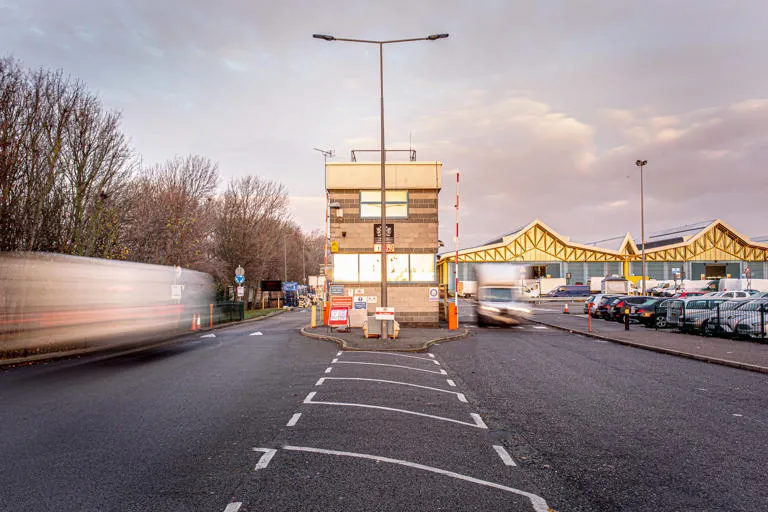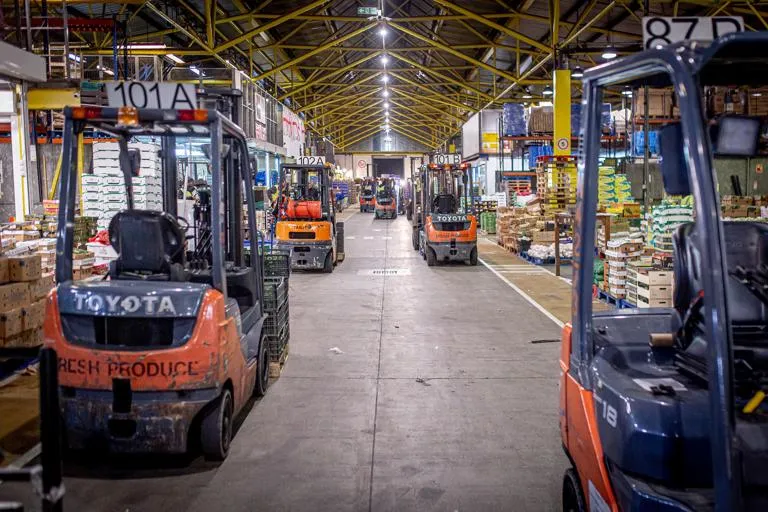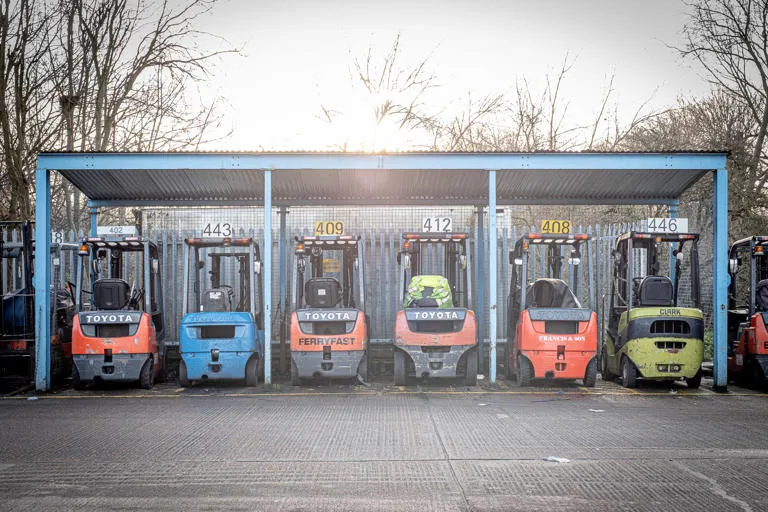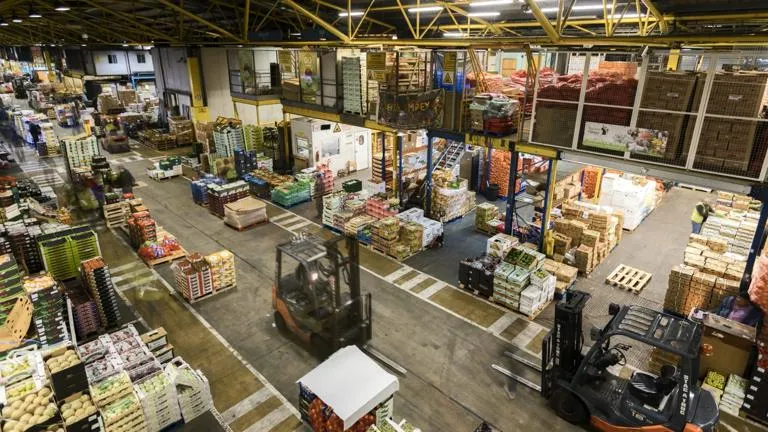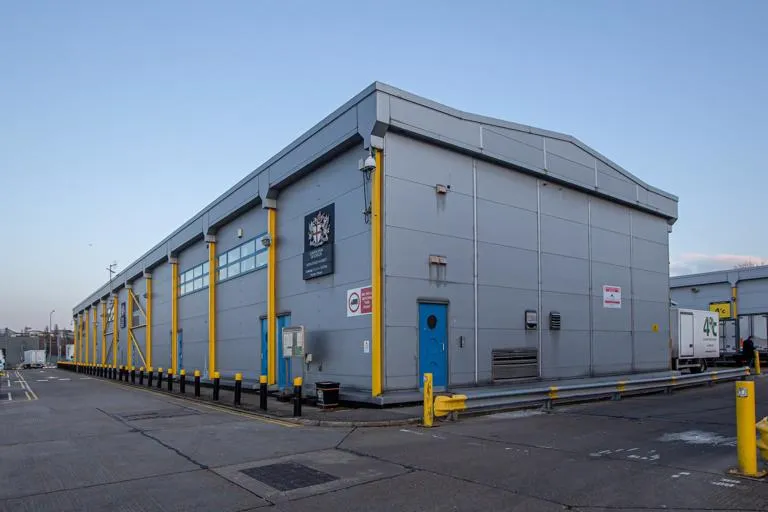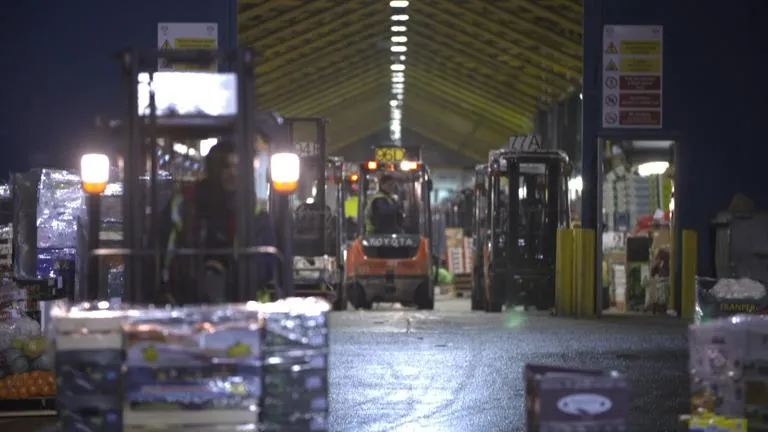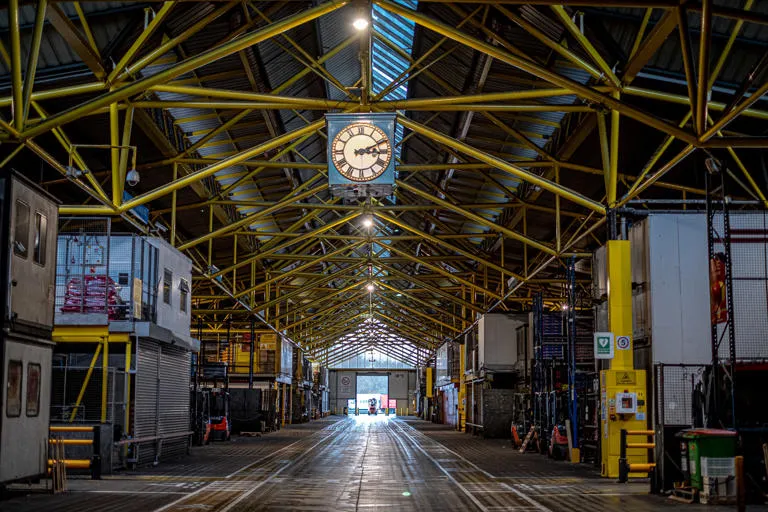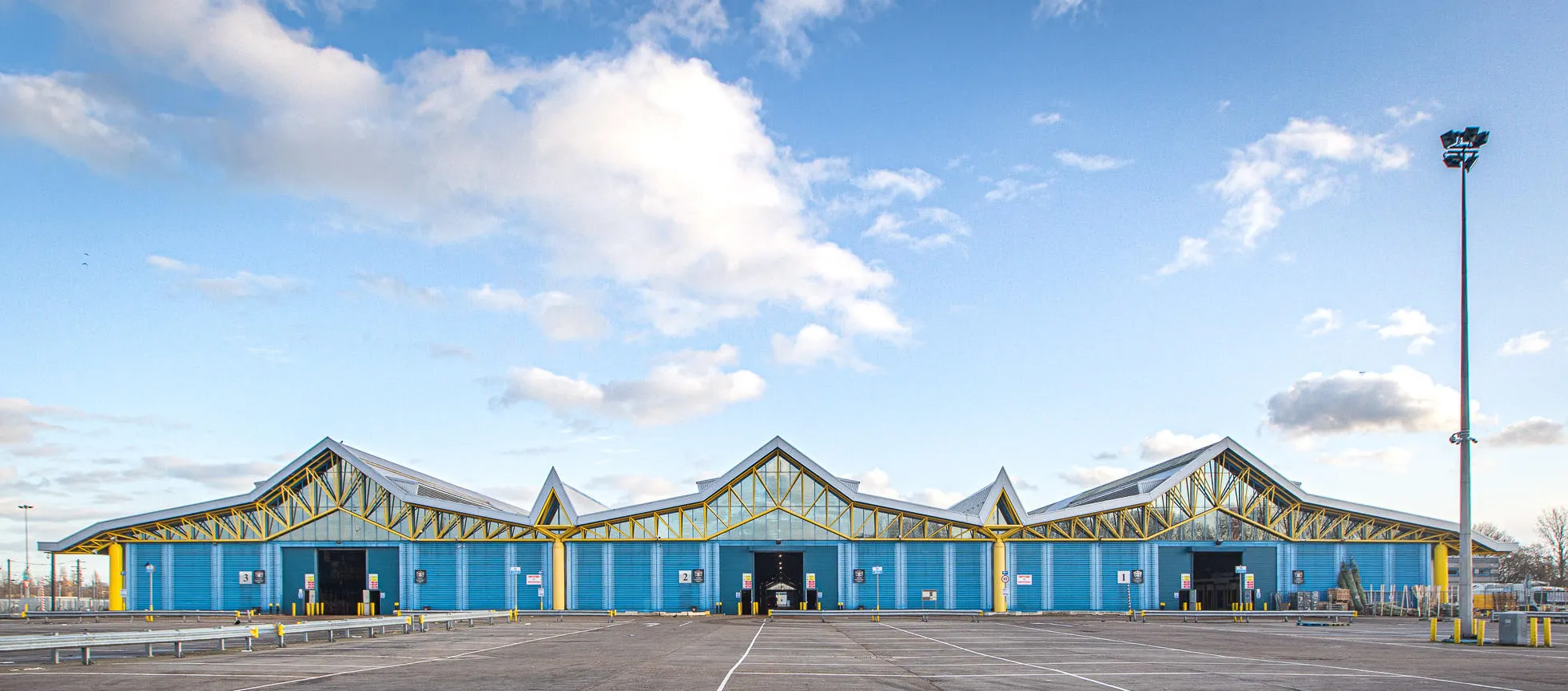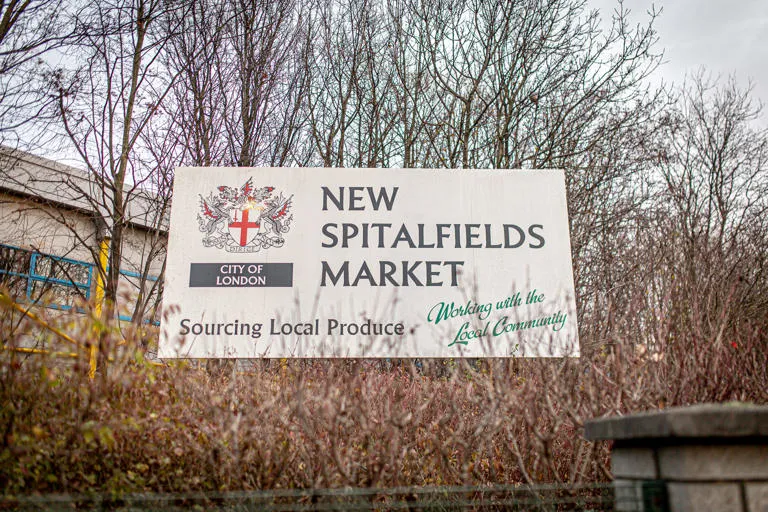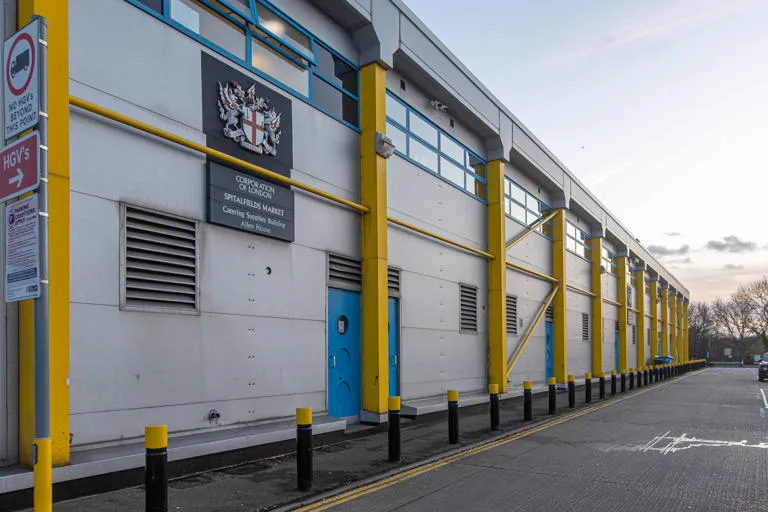History of New Spitalfields Market
Spitalfields is one of the City's younger markets, starting life as a 13th century market in a field next to St Mary Spittel, on the edge of the Square Mile.
In 1682, King Charles II granted John Balch, a silk thrower, a Royal Charter that gave him the right to hold a market on Thursdays and Saturdays in or near Spital Square. For the next 200 years, the market traded from a collection of sheds and stalls, doing its best to cope with London's growing appetite for fresh fruit and vegetables. As time went by, it became a centre for the sale of home-grown produce, which was being traded there six days a week.
By 1876, a former market porter called Robert Horner bought a short lease on the Market and started work on a new market building, which was completed in 1893 at a cost of £80,000. In 1920, the City of London acquired direct control of the Market, extending the original buildings some eight years later.
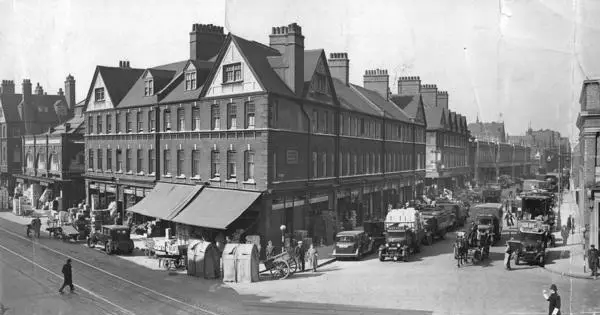
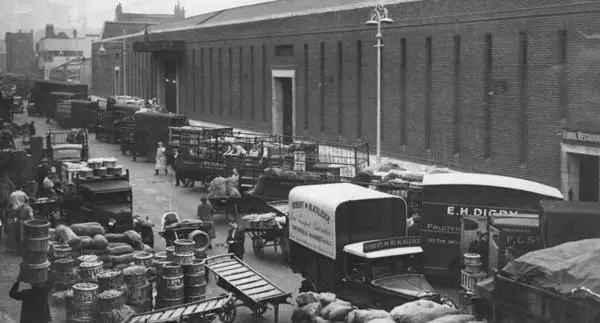
For the next 60 years, Spitalfields nationwide reputation grew, as did the traffic congestion in the narrow streets around it. With no room for the expansion it so badly needed, the market was forced to move and in May 1991, it opened its doors at its new location in Leyton.


In contrast to its former cramped surroundings, the new Spitalfields Market now covers over 31 acres (13 hectares), with fast, easy access to the motorway network and the ports. At its centre is the Market Hall, which houses more than 100 trading units for wholesalers dealing in fruit and vegetables, equipped to the latest standards with facilities that include cold storage rooms, ripening rooms and racking for palletised produce, according to requirements.
There are also four separate buildings with self-contained units for catering supply companies, fruit importers and other related businesses, as well as accommodation for companies providing back-up services such as diesel/propane supplies, specialist pallet services and fork lift truck maintenance. Not forgetting over 1,900 parking spaces for its traders, customers and staff, together with the all-important Market cafes where so much business is done.
With its relocation to these smart, spacious new premises, the spirit of Spitalfields is alive and well, together with its influence as a trading centre. No other horticultural market in the UK can boast so many wholesale traders under one roof – and no other market in Europe offers a wider choice of exotic fruit and vegetables, thanks to the tireless efforts of its specialist wholesalers in these areas.
